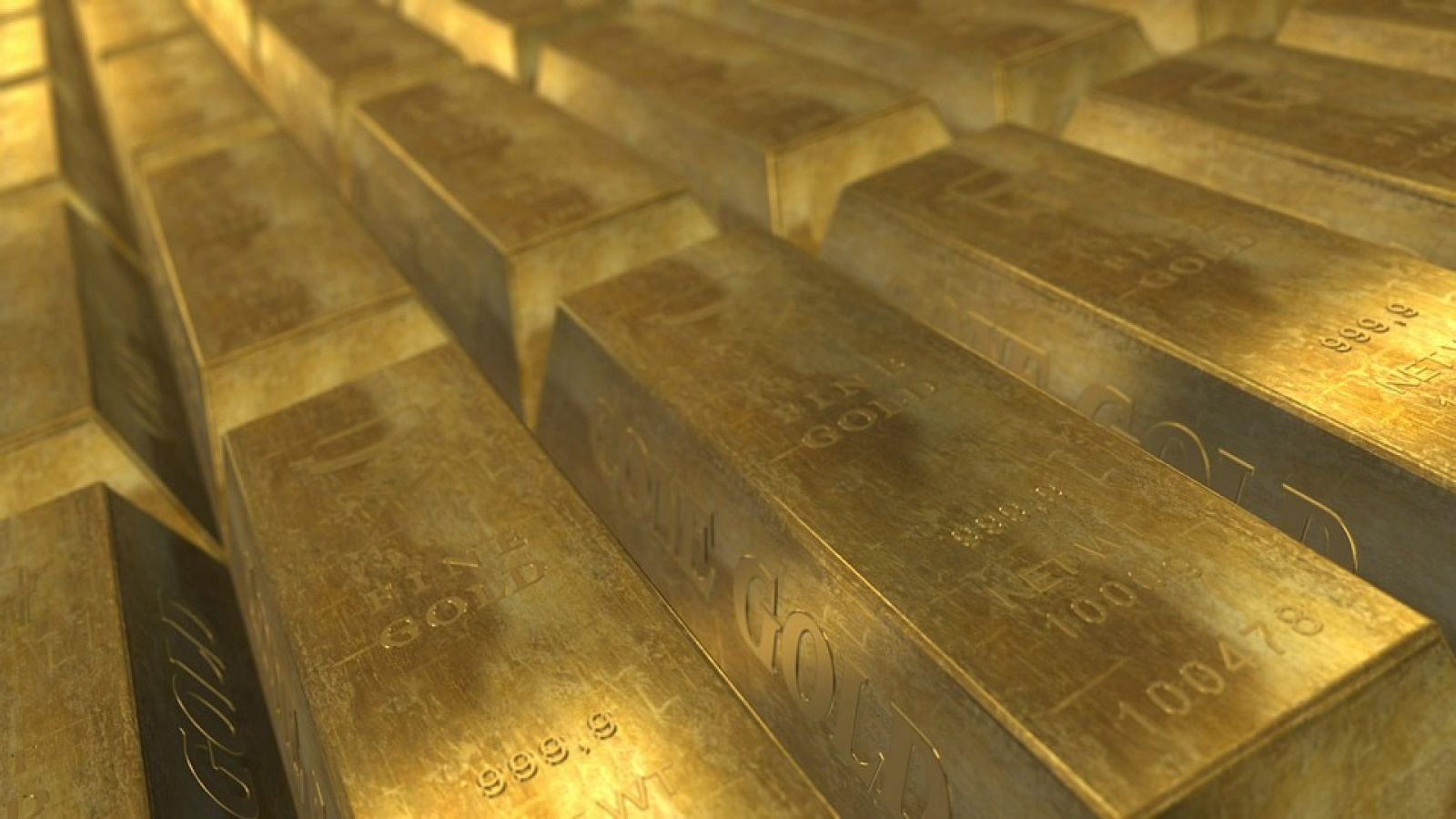⚛️ Science has achieved the alchemists' dream: creating gold... but at what cost?
Follow us on Google News (click on ☆)
Medieval alchemists desperately sought to create gold from common metals. Their quest, though futile, laid the foundations for what we now know about element transformation. The philosophy of Zosimos of Panopolis, who saw this transformation as a purification of the soul, gave way over the centuries to a more material understanding.

Illustration image Pixabay
Nuclear science eventually revealed that element transformation was possible (transmutation). By manipulating the number of protons in an atom's nucleus, scientists can theoretically change one element into another. This discovery marked a turning point in our understanding of matter and its fundamental constituents.
Experiments conducted in the 20th century proved that transmutation was more than just a dream. In 1941, scientists at Harvard succeeded in transforming mercury into gold, although the quantities produced were minuscule, radioactive and unstable. These advances paved the way for further research into the nature of atoms and the forces that govern them.
Despite these scientific successes, laboratory gold production remains an unprofitable venture. The costs associated with using large particle accelerators far exceed the value of the gold produced. This hasn't stopped researchers from continuing to explore the limits of nuclear physics and extreme states of matter.
Current experiments, such as those conducted at the Large Hadron Collider, are helping us better understand the primordial universe. By recreating conditions similar to those that existed just after the Big Bang, scientists are studying the formation of elements and the fundamental forces that shape our Universe.
How do scientists transform one element into another?
The transformation of one element into another, or transmutation, is based on modifying the number of protons in an atom's nucleus. This process requires considerable amounts of energy, often provided by particle accelerators.
Particle accelerators propel atomic nuclei at speeds close to that of light. During collisions, these particles can strip protons or neutrons from target nuclei, thereby changing their chemical identity.
This technique has enabled the creation of artificial elements and a better understanding of nuclear reactions. However, large-scale transmutation remains currently unfeasible due to energy costs and the tiny quantities produced.
Why is gold so rare in the Universe?
Gold is a relatively rare element in the Universe due to the extreme conditions required for its formation. Most of the gold present on Earth was created during neutron star collisions, violent and rare cosmic events.
These collisions release colossal energy, enabling neutron fusion and the formation of heavy elements like gold. This process, known as nucleosynthesis, explains gold's limited distribution in the cosmos.
On Earth, gold has concentrated in the Earth's crust over billions of years. Its extraction is difficult and costly, contributing to its value and status as a precious metal.